Where is the intersection between entropy and order, and how does this affect creativity?
In my last version of this project, I referenced the essay Art, Thefore Entropy by Michael France and Alan Hénaut. The essay’s thesis was that a degree of chaos is necessary for the birth of good art, and from that it can be extrapolated that as order increasingly becomes a goal for many people, the quality of art in the world will decrease (France and Hénaut, 1994).
This statement lies on the preconception that there is a reflection from the world to art. Almost everybody I have spoken to who has an interest in art would agree with this thought, but a more tangible source to promote this worldview is Amod Lele’s writing on Kitsch art. Kitsch art is artwork with little value other than that it looks nice. Everything from garden gnomes to landscape paintings in hotel rooms can fall under this category. This art is typically criticized by the art world, as it is usually scene as shallow. Lele asserts that this view of the kitsch as shallow is due to the artist picking and choosing what is inserted into the piece and leaving out anything that could be seen as unpleasant (Lele, 2013).
Interestingly, it is my observation that there has been a strong push to eradicate entropy from the world we live in. It should go without saying that this feat is hopeless, but nonetheless, the cultural desire to quantify and organize as much as possible is overwhelming. It is my belief that this, among other things, is responsible for the popularity of 3D printers. If I were to whittle a small turtle out of wood, even if I were the most accomplished whittler in the world, the turtle would be far from perfect. The shell would be asymmetrical, the size of the legs would be uneven, and the proportions would certainly be off, even if only by a miniscule amount. While 3D printers are unable to promise perfection (there are always some unwanted ridges), they offer an ordered shape, where every part of an object is doing exactly what was set forth by the mind, and in the same way as envisioned. For most practical uses of a 3D printer, this is necessary feature.
How has design changed to reflect this?
“Design” fits into the space between the art world and the “real” world, in an interesting way. More than any other form of art, we interact with graphic design, interface design, fashion design etc. As with everything, this is subject to trends, and the desire for order has made its mark on the design world as well. For the majority of the 19th century, and even into the 21st, the prevailing design aesthetic is modernism, one that is intent on the removal of the superfluous from the world, and leaving only that which is essential to functioning. Anna Tomes and Peter Armstrong write about these changes in design in their essay Dialects of Design.
The essay details many of the goals of modernist design, including how it was originally a reaction against machines. The reasoning for this was that machines were required for the mass production of intricately decorated objects, and up to a point, this was untrue for modernism. It wasn’t long before this changed, and the use of machines was imbued in modernity (Tomes & Armstrong, 2010).
How does nature influence modern design? How is modern design a reaction against it?
In nature, it is impossible to find the straight lines and right angles so popular in modern design, so in a way, modernism seems like the ultimate rejection of the aesthetics of nature. On closer inspection, this falls away, as we see the influence that patterns in nature have had on modern design. An example of this is the Fibonacci sequence, which provides a ratio for aesthetically pleasing design to follow.
Modern design has used the Fibonacci sequence as a staple since its inception, and because of this, I plan to incorporate it into my object. Even though the sequence itself is very ordered, as the object moves upward, the sequence will disintegrate. This movement is intended to be symbolic of the inevitable movement the world takes towards entropy despite our urge to stop it.
How will my project reflect these concepts?
The key concepts that I am working with are those of entropy vs. order and machine built rigidity vs. natural imperfections. My project should work to show this through the use of vertical movement from bottom to top articulating what in my opinion is an inevitable return to the latter of both these dichotomies.
Works Cited
- France, Michael , and Alan Hénaut. “Art, Thefore Entropy.” Leonardo 27.3 (1994): 219-221. Print.
- Lele, Amod. “Kitsch.” Love of All Wisdom. 8 Dec. 2013. Web. 4 Nov. 2014.
- Tomes, Anne, and Peter Armstrong. “Dialectics of Design: How Ideas of ‘good Design’ Change.” Prometheus 28.1 (2010): 29-39. Print.
- “The Golden Proportion, Beauty, and Dental Aesthetics.” The Golden Proportion, Beauty, and Dental Aesthetics. Web. 4 Nov. 2014. <http://www.goldenmeangauge.co.uk/fibonacci.htm>.
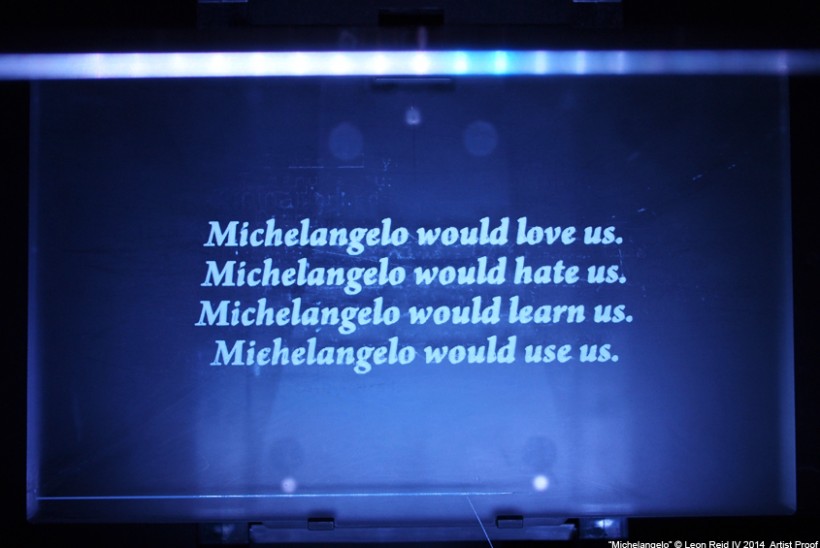


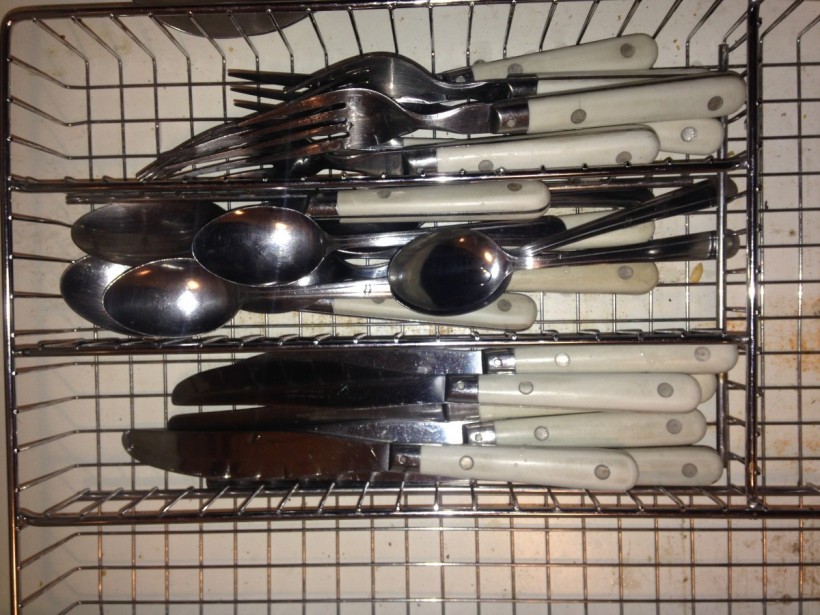
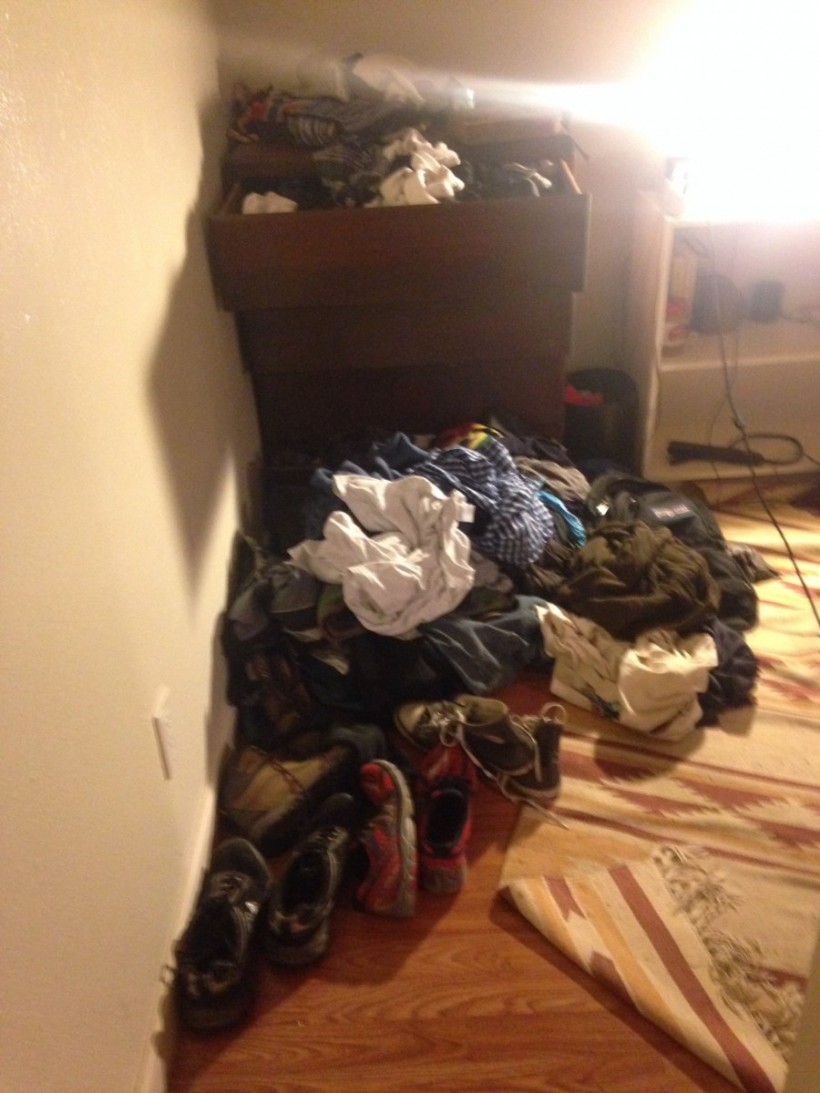

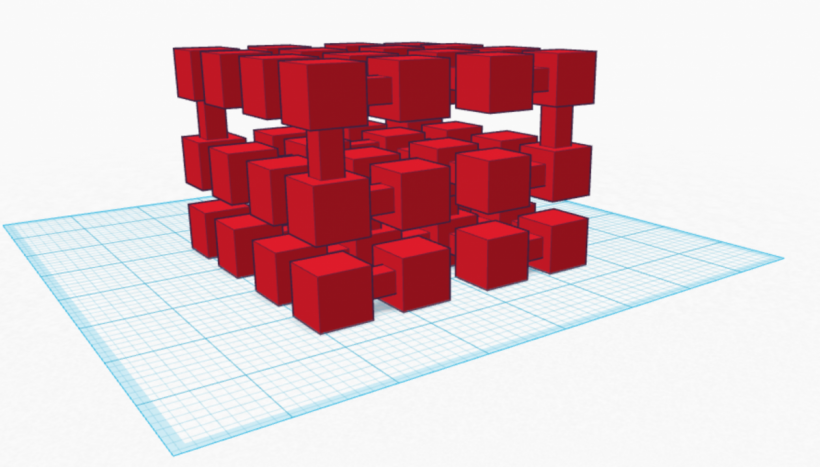
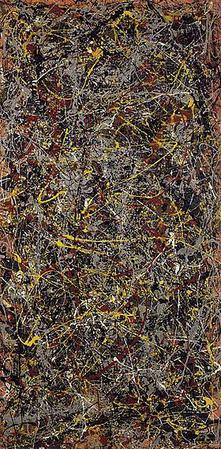


Recent Comments